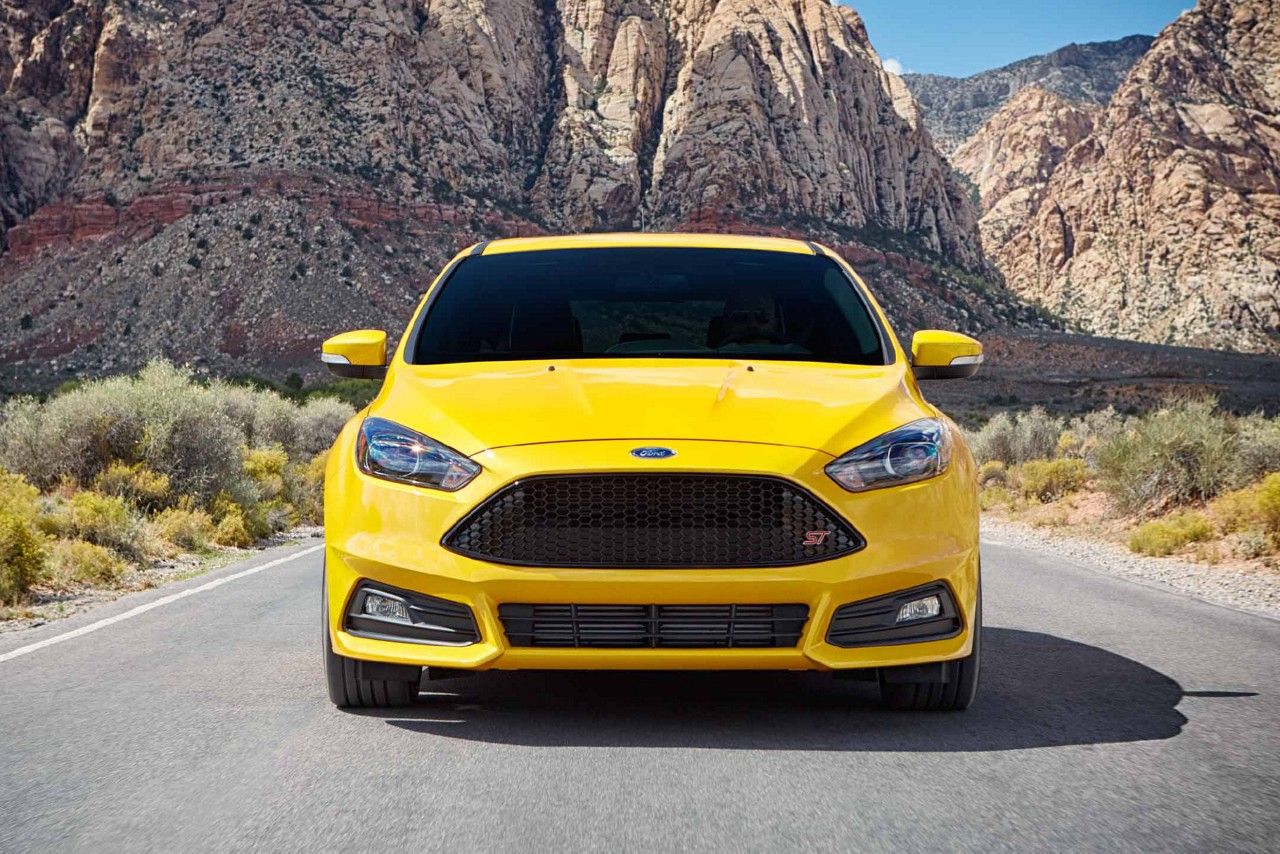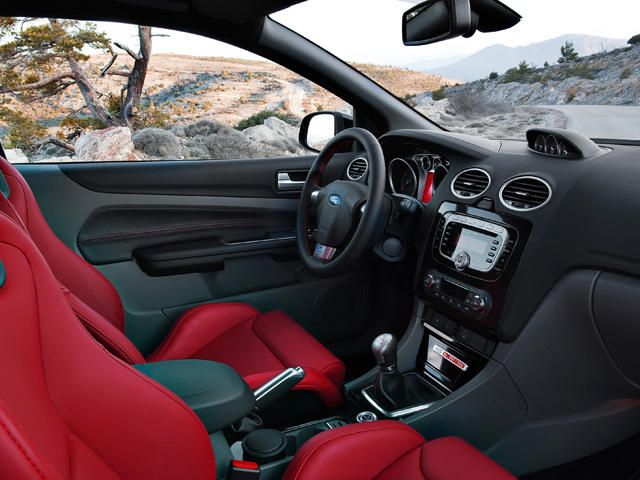
For some Americans, it has always felt unfair that an American company would build truly legendary hot hatches but never bring them over to the US. North America hasn't been completely without Ford performance hatchbacks, but the really spectacular versions have always been the work of Ford's European division, which they rarely share. Like so many other great quick cars, these have their roots in motorsports. The story of Ford's hot hatches goes all the way back to the introduction of the original European Escort in 1968.
Though this didn't start out as a hatchback exactly, there were performance versions of the Escort from the early days, with the first of these using a Lotus-tuned engine. But it was with the introduction of the Mark III Escort in 1980 that Ford got serious about competing with the VW Golf GTI, and the Escort XR3 was born. Following this was the Escort RS Turbo in the late Eighties, and then things got serious. The most iconic of Ford hot hatches was introduced in 1992, this was Escort RS Cosworth. This essentially picked up where the Renault 5 Turbo had left off, carrying the idea of a homologation hot hatch into the Nineties.
The Cosworth produced 225 horsepower in stock form, but some tuners had reportedly squeezed as much as 1,000 hp out of the racing engine. The car was amazing, and Ford wisely decided to stick with the RS nomenclature when it made the switch from producing the Escort to producing the Focus. The first performance Focus didn't come out until the first generation of the Focus was nearing the end of its production cycle. This held true for subsequent generations as well, with the RS version being treated as the generation's swan song.
For the first generation, it basically just featured a turbocharged version of the standard Focus's engine, producing 212 horsepower in RS form. This sounds simpler than it is, and in reality, some 70 percent of the car's mechanical workings were changed for the first Focus RS. Ford then debuted the Focus RS Mk 2 in early 2009. This was a much bigger step up from the standard car than the first-gen RS had been, and even used an entirely different engine. That engine was a 2.5-liter five-cylinder turbocharged Volvo engine which produced 301 horsepower. A detuned version of this engine was also put into the Focus ST.
Here it produced 225 horsepower and had basically taken over the position of the old RS, while the new RS moved up into a new slot. Needless to say, 301 horsepower is a pretty crazy amount to send through just the front wheels of a car. But by the very end of the RS production run - the last 500 cars to be exact - got an extra boost and became the Focus RS500. This was a 345-horsepower beast, which somehow managed not to kill every single person who drove it with torque steer. The most recent Focus RS could crack off 0-60 in 5.9 seconds, and the RS500 managed to hustle in 5.6 seconds.
Rumors have suggested that the 2014 Focus RS will have 350 horsepower, so one can only imagine what any performance level above that would be like. The handling in these cars is actually surprisingly good. As we just mentioned, one would expect a car like this would produce horrifying amounts of torque steer right up until the time you crash. But weirdly, it doesn't. Ford's differential and traction control systems make the car surprisingly easy to handle. Wind the gears out a lot and you'll still find yourself fighting the wheel some, but quite a bit less than you'd expect. And the really crazy torque steer only kicks in when you're driving it really crazily.
The Focus RS is actually fairly easy to live with, and this is important. A hot hatch has to be something you can use on a daily basis. That's the whole point. If practicality didn't matter, then you would have just bought a sports car. But a hot hatch has to be an everyday car which you can use to do everything and still be able to go fast. The Ford Focus RS is just such a car.


